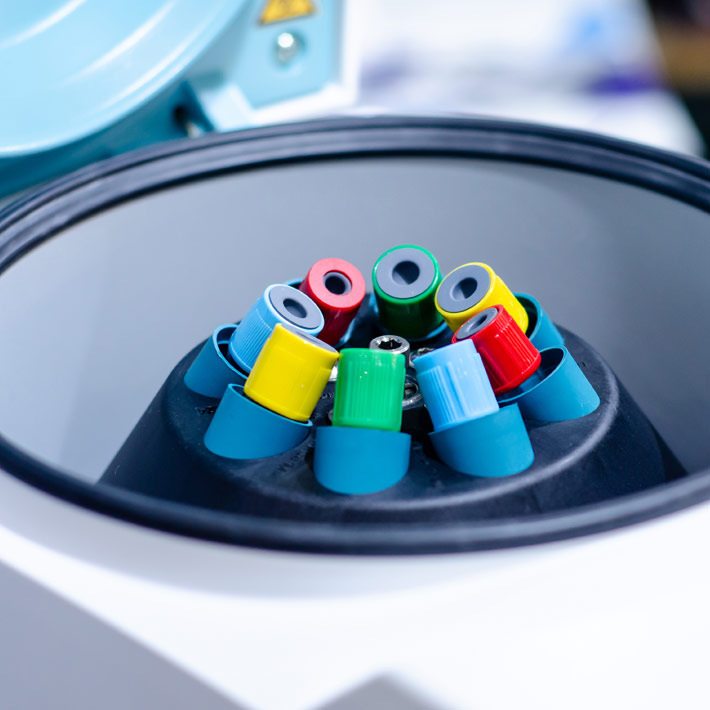2 September 2019
New research published in Experimental Physiology suggests health benefits related to resistance training can be achieved in less time through single-set resistance training, which is good news for busy people seeking time-efficient solutions. The research found short-duration resistance training increased muscle mass and strength, and improved insulin sensitivity.
The research was conducted by a team of researchers at the University of Glasgow led by Stuart Gray, lecturer in exercise and metabolic health.
Low muscle strength is linked with a range of poor health outcomes, including cardiovascular disease, cancer, and higher diabetes 2 incidence. Previous work showed that maintenance of muscle strength through resistance training may improve metabolic health and insulin sensitivity in people with type 2 diabetes.
The aim of this study was to investigate, in overweight healthy men, the effects of short-duration resistance training over a six-week period on insulin sensitivity and muscle adaptations, with a weekly time commitment of fewer than 60 minutes.
Brad Schoenfeld, assistant professor at the Exercise Science Department, Lehman College at City University of New York who wasn’t involved in the study, points out one of the most unique aspects of the research is the fact that it was a low volume routine. “That means you don’t have to be at the gym a long period of time, and that’s one of the most known excuses why people don’t train,” he says.
Maximum effort, fewer reps
Nine exercises were selected based on equipment found at most gyms and that target most muscle groups. “The exercises we’re doing here are simple,” says Gray. Selected exercises were leg press, bench press, leg extension, shoulder press, leg flexion, seated row, calf raise, latissimus pulldown and biceps curl.
The training programme consisted of a single set of each exercise three times a week. A training session lasted 15-20 minutes. Each set was performed at 80 percent of the one-repetition-maximum (1RM) to volitional fatigue. Volitional fatigue is the point at which you can’t move through with a full completion of an exercise, explains Richard Bracken, associate professor sports science at Swansea University.
“Despite the best mental effort to will the body to move, the body is fatigued and can’t move. So that weight is taken as the 100 percent of your 1RM and that would occur for each exercise,” Bracken explains. “So by the end of that first session you’ve got nine exercises with the maximum weight that you could lift.”
To ensure participants achieved their maximum for the actual study, they were prepared in pre-training exercise sessions. “So what we do is we get people to start at a relatively light load not too heavy for them. They do a contraction, so maybe a bench press, and they manage it. Next time we make it a little bit heavier. They try it again until they can’t actually lift the weight,” explains Gray. Then it can be assumed they trained at 80 percent of their maximum.”
Three weeks into the study, participants’ 1RM was reassessed and the weight was adjusted.
Bracken, who wasn’t involved in the study, agrees with the method, explaining that “There’s a need to continually monitor how much you can lift maximally.”
The six-week study resulted in increases in muscle strength and size and a 16 percent improvement in insulin sensitivity. “Insulin sensitivity is basically how sensitive that muscle is to that insulin,” explains Gray. “Somebody who is not insulin sensitive may require a lot of insulin to clear the blood.”
“I often think the muscle is this sponge that soaks the sugar out of the blood,” says Gray. “So if you’ve got a bigger sponge, it will soak out more sugar.”
Gray explains, “Before and after this six-week period we carried out an oral glucose tolerance test, which gives a measure of how you’re handling your blood sugar, and what we found was that after the training people got rid of the blood sugar more quickly from the blood. Also, the amount of insulin required to take that sugar was also less.”
Due to time limitations, the study only focused on overweight men, Gray explains, but future studies will include both genders. Gray also recognises the limitation of the small sample size and says they’re planning to expand in the future.
Asked about the statistical significance of the results of the study, Bracken comments, “The study could have been strengthened if they had used the data and the magnitude of changes in the primary findings to work out the statistical power needed for showing a true statistical significance.” Furthermore, Bracken believes, “The study would have benefitted from the true revealing of the magnitudes of change in muscle mass or insulin sensitivity by having a control arm which is something that the authors indicated in the limitations section.”
Gray’s next steps include confirming the findings of the study in a larger, less healthy, mixed gender population.
“There’s very little public health messages about muscle-strengthening activity,” says Gray. The research is therefore targeting the public and sports facilities with the aim of educating people that resistance training can be performed in different ways.
References
Ismail, A.D., Alkhayl, F.F., Wilson, J., Johnston, L., Gill, J.M., Gray, S.R. The effect of short-duration resistance training on insulin sensitivity and muscle adaptations in overweight men. Experimental Physiology 104, 540-545 (2019). | article



